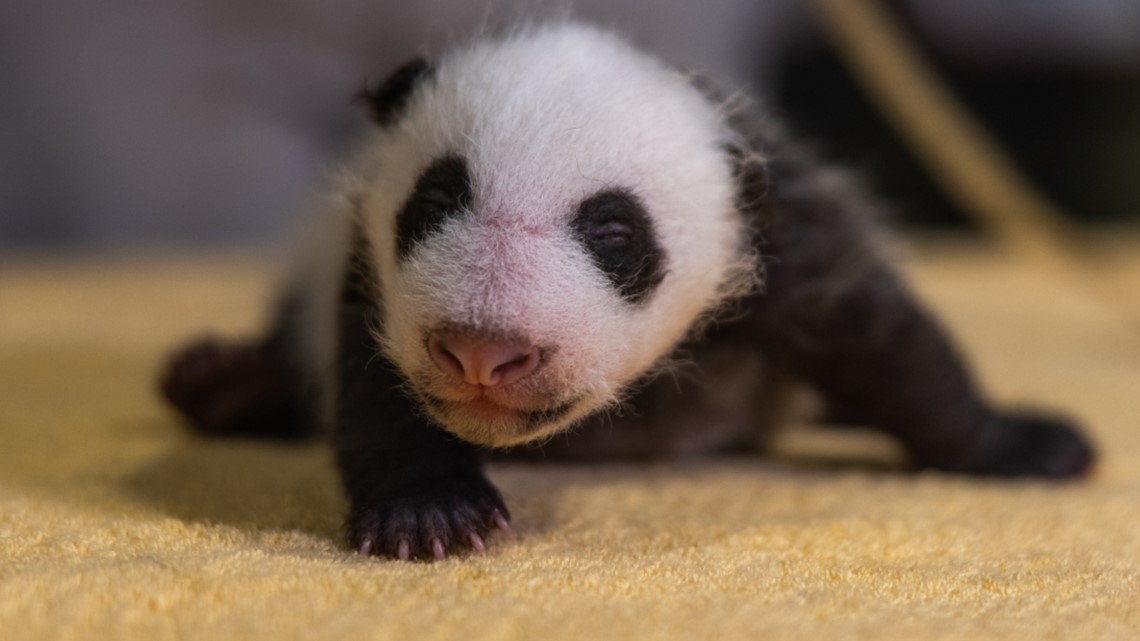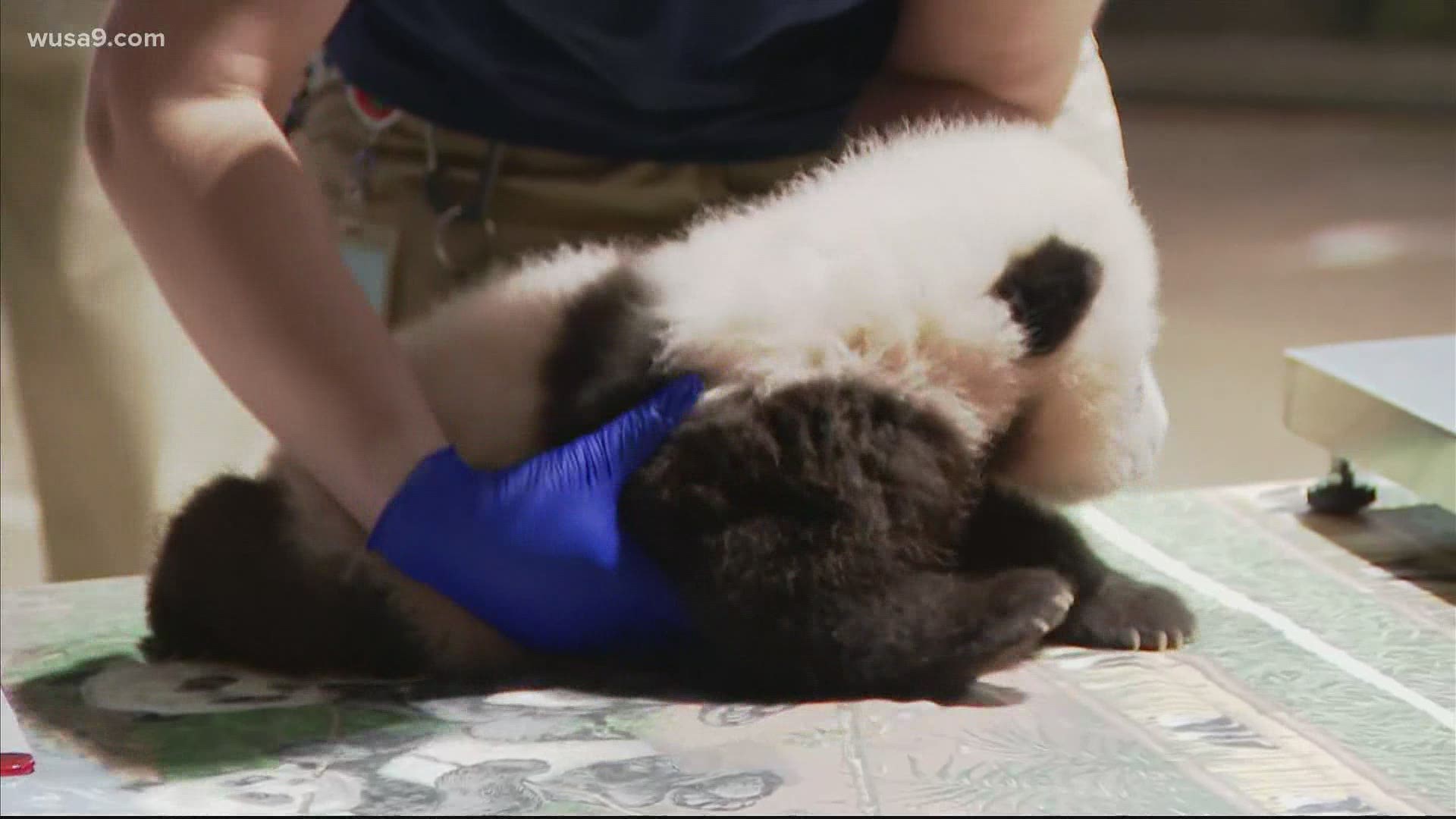WASHINGTON — The Smithsonian National Zoo and the China Wildlife and Conservation Association have signed a new three-year extension to keep three giant pandas in D.C. through 2023. The new agreement, which expires on Dec. 7, 2023, stipulates that the National Zoo's three giant pandas, including cub Xiao Qi Ji and his parents Mei Xiang and Tian Tian, will be sent to China at the end of the agreement.
Giant pandas have lived at the National Zoo in D.C. since 1972 under a program meant to strengthen U.S.-Chinese relations. First Lady Patricia Nixon mentioned liking giant pandas to Chinese Premier Zhou Enlai at a dinner in Beijing in February 1972, and a few months later, in April, Ling-Ling and Hsing-Hsing were welcomed to D.C.
While the pair mated several times and produced five cubs, none lived more than a few days. Ling-Ling passed away in 1992, and Hsing-Hsing followed in 1999. The first surviving cubs to be born in D.C. were created by the next panda duo in D.C.: Mei Xiang and Tian Tian.
Mei Xiang, who became the oldest panda mother in North America birthing Xiao Qi Ji in August at the age of 22, and 23-year-old Tian Tian were both born at the China Conservation and Research Center for the Giant Panda, and have lived at the National Zoo since Dec. 6, 2000. Mei Xiang has birthed four surviving cubs with Tian Tian: Tai Shan (2005), Bao Bao (2013), Bei Bei (2015) and Xiao Qi Ji (2020). Under the Zoo's current breeding agreement, cubs are raised in D.C. for four years and are then sent to China after they turn four.
Unlike Ling-Ling and Hsing-Hsing, Mei Xiang and Tian Tian have always been on loan to the Zoo. The original agreement, the Giant Panda Cooperative Research and Breeding Agreement, said they would live at the Zoo for 10 years in exchange for $10 million. But then in Jan. 2011, the agreement was extended for the first time through 2015, which then became Dec. 7, 2020 under a second extension.
You can see the full panda timeline here.


“Our long-standing collaboration with Chinese colleagues to study, care for and save the giant panda will now pass the half-century mark,” Steve Monfort, Director of the Smithsonian’s National Zoo and Conservation Biology Institute, said. “Through the power of science and cooperation, and with the support of the public and benefactors like David Rubenstein, our work on behalf of this beloved bear species continues. Along with millions of Americans, I look forward to the next three years, watching Xiao Qi Ji grow and making further strides in conservation and in our understanding of giant pandas.”
David M. Rubenstein, co-founder and co-CEO of The Carlyle Group and member of the Smithsonian Board of Regents, pledged a $3 million gift to the Zoo funding its giant panda research and conservation program through the end of 2023.


The birth of Xiao Qi Ji in August has been one of the brighter spots of 2020, allowing D.C. panda enthusiasts to follow along with his growth and development on the panda cam. The cub reached a huge milestone last week, taking his first wobbly steps on Thanksgiving Day. At his latest weigh-in, Xiao Qi Ji was 12.4 pounds and 25.6 inches.


